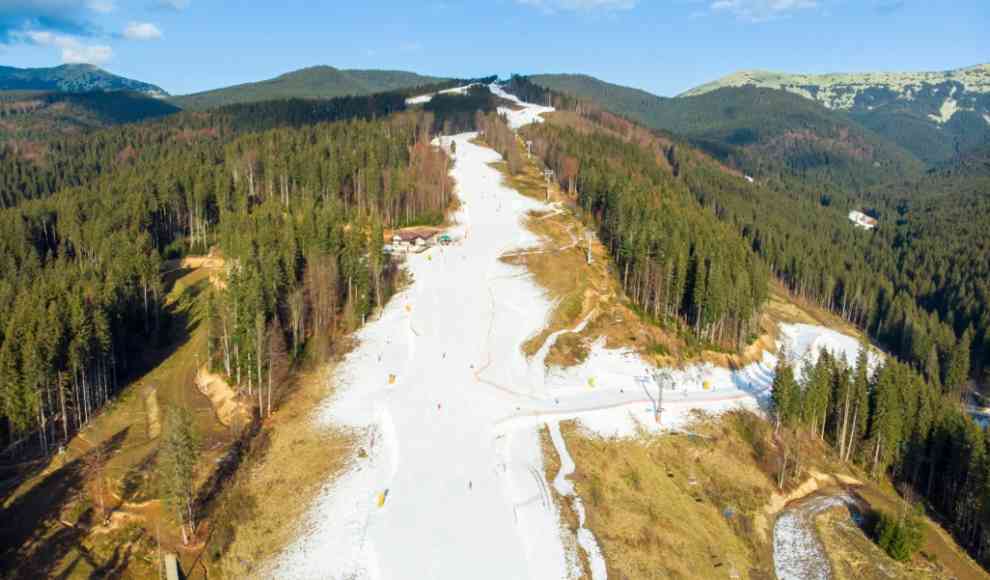The analysis of annual rings of juniper shrubs in the Alps has revealed a clear correlation between the shortening of snow cover duration and global warming in recent decades. Researchers are calling for quick and effective adaptation strategies to deal with this ongoing trend. They emphasize that the snow in the Alps is a vital water reservoir for the region and adjacent areas, as it feeds rivers such as the Danube, Rhine, Rhône, and Po during spring snowmelt.
The Alps are an important ski area that is of great importance for both winter sports and tourism. They comprise a large number of ski resorts that span several countries and offer a variety of winter sports activities. However, the attractiveness of the Alps as a ski area is being threatened by the negative impact of climate change on the snow season and snowfall. This could have long-term effects on the economy of the regions that depend on winter sports.
A recent study led by Marco Carrer of the University of Padua has examined changes in snow depth and duration of snow cover in the Alps between 1971 and 2019. The results showed that snow depth decreased by an average of 8.4 percent per decade, while the duration of a closed snow cover was shortened by 5.6 percent per decade. To clearly attribute this trend to human-induced climate change, data from before the Industrial Revolution in the 19th century are required.
The researchers found an alternative method in the annual rings of juniper shrubs to draw conclusions about past climatic conditions by examining the width and structure of the annual rings. The analysis of the annual rings of juniper shrubs in the Alps revealed a clear correlation between the shortening of snow cover duration and global warming in recent decades. The researchers are calling for quick and effective adaptation strategies to deal with this ongoing trend, as the snow in the Alps is a vital water reservoir for the region and adjacent areas.










